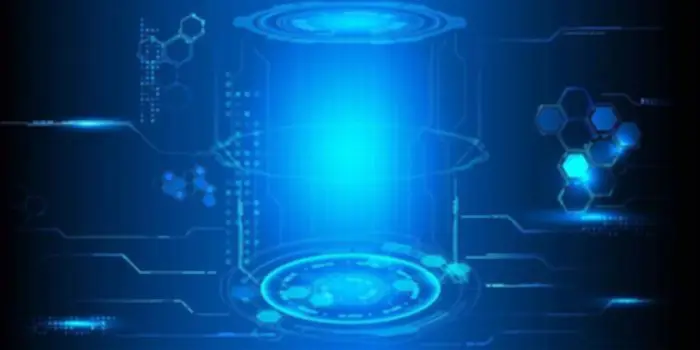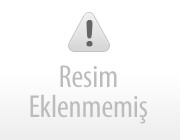Trigger And Impact Diagram What Is A Trigger And Effect Diagram And The Way To Make One
| Modul | Genişlik | Derinlik | Yükseklik |
This approach supplies a visual illustration of the logical relationships between causes and effects https://www.globalcloudteam.com/, expressed as a Boolean expression. Choice tables are helpful for identifying any missing mixtures of inputs and outputs, and for testing the system or part with a complete set of take a look at cases. The choice desk can additionally be used to prepare and document the check cases and results, making it a great tool for each the testing and growth teams. A developed software goes through varied testing phases to validate whether it is satisfying all the necessities and circumstances.
1) If the variables discuss with bodily quantities, area testing and equivalence class testing are indicated. Equally, OR operate states that if C1 or C2 or C3 is 1, e1 is 1 else e1 is 0. The AND perform states that if each C, and C2 are 1, e1 is 1; else e1 is 0. These are one of the best and most typical practices when creating trigger and impact diagrams. SmartDraw makes creating cause and effect diagrams easy with built-in smart templates that let you add new causes in a single click on and format your diagram routinely. The effect just isn’t essentially an output (it may be an error message, a show, a database modification, or even an inside take a look at point).
License Everybody For As Little As $5 Per Consumer Per 30 Days
A decision table is a tool that is commonly used along side the cause-effect graphing approach in functional testing. It is a tabular representation of all possible inputs and outputs for a particular system or element, based on the causes and results identified in the cause-effect graph. A trigger effect graph is a strategy which helps to generate a excessive yield group of check instances. This methodology has come up to eradicate the loopholes of equivalence partitioning, and boundary worth analysis where testing of all of the combinations of enter situations aren’t possible.
Trigger Effect Graphing primarily based approach is a technique by which a graph is used to symbolize the conditions of mixtures of enter conditions. Cause-effect graphing technique is used because boundary value analysis and equivalence class partitioning strategies do not think about the combos of enter circumstances. But since there may be some crucial behaviour to be tested when some combinations of enter situations are thought of, that’s the reason cause-effect graphing method is used. This technique focuses on figuring out and modelling the relationships between the inputs and outputs of a program, in addition to the logical connections between them.
- This method offers a visible illustration of the logical relationships between causes and effects, expressed as a Boolean expression.
- To obtain the test instances, the graph is then remodeled into a call table.
- A cause is a novel input condition due to which the system undergoes some kind of changes.
These constraints are between the causes C1, C2, and C3, such that a minimum of one of them is all the time equal to 1, and therefore all of them concurrently cannot maintain the worth 1. These constraints are between two causes C1, and C2, such that both C1 or C2 can have the worth as 1, each concurrently can not maintain the worth 1.
The graph obtained is converted into a decision table which in flip can be used to design the take a look at instances. The main advantage of the trigger impact graph technique is that it helps to detect wherever there exists incomplete or unclear requirements. 7) If the variables check with logical quantities, equivalence class testing and determination desk testing are indicated.
5) If the multiple-fault assumption is warranted, worst-case testing, robust worst-case testing and choice desk testing are identical. Contemplate every node as having the worth 0 or 1 where cause and effect graph zero represents the ‘absent state’ and 1 represents the’present state’. Then the identification perform states that if c1 is 1, e1 is 1 or we can say if c0 is zero, e0 is zero. By using Cause-Effect Graph, testers can scale back redundancy in test instances.

Monkey Testing Vs Gorilla Testing: Unleashing The Wild Side Of Software Program Testing
Lack of enough data concerning the system can lead to incomplete or incorrect cause-effect graphs and, consequently, inadequate test coverage. Cause-Effect Graph can turn into complex and challenging to implement in large-scale techniques with numerous inputs and outputs. As the system’s complexity increases, the cause-effect relationships may turn into more intricate, making it difficult to construct an accurate and manageable graph. This can end result in elevated effort and time required to derive check circumstances successfully. So every time we want to verify some critical scenarios consisting of combos of input criterias, then the trigger effect graph is used.

The cause-effect graph was created by Kaoru Ishikawa and thus, is identified as the Ishikawa diagram. It is also called the ‘fish-bone’ diagram due to the means in which it’s structured. Now the “fishbone” structure just isn’t the only one that can be utilized for cause-effect graph creation. In black-box testing, testers are involved with the inputs and corresponding outputs of a system solely.
These are then depicted in a type of a diagram which exhibits the interdependence of the variables. The effectiveness of Cause-Effect Graph closely relies on an intensive understanding of the system being tested. Testers need to have a transparent understanding of the system’s specifications, necessities, and behavior to precisely establish the cause-effect relationships.
For example, whereas utilizing email account, on entering legitimate e mail, the system accepts it but, if you enter invalid email, it throws an error message. In this system, the enter circumstances are assigned with causes and the result of these input situations with effects. The graph itself usually incorporates nodes that are causes (inputs) and nodes which are results (outputs) connected by lines that show the relation between the sure cause and certain impact. Trigger Impact Graphing is referring to a technique utilized in software program engineering that entails the usage of graphs in illustration of different outputs and inputs of the system. It is supposed to spotlight and identify the relationship between the inputs which are causes and outputs which are results manner. Trigger Impact Graphing begin with the determination of the trigger and impact of the system in question.
We will also talk about the benefits of utilizing this method and supply examples of its utility in useful testing. Cause-Effect Graph enables testers to determine all possible combos of inputs and outputs, guaranteeing complete check coverage. By considering the cause-effect relationships, testers can determine the minimal number of check instances required to achieve most protection, optimizing the testing course of.
In the black box strategy, the generated output from input knowledge sets are verified. The trigger impact graph is among the strategies which comes underneath the black box testing. It is an method the place a graph is used to depict the states for a number of Prompt Engineering combinations of inputs.
